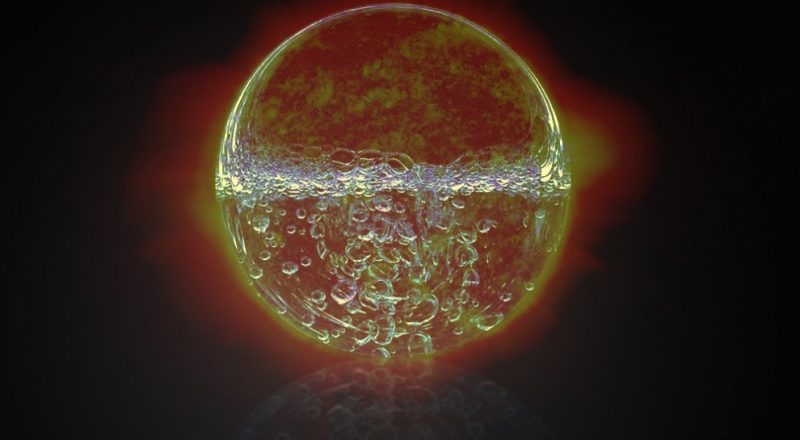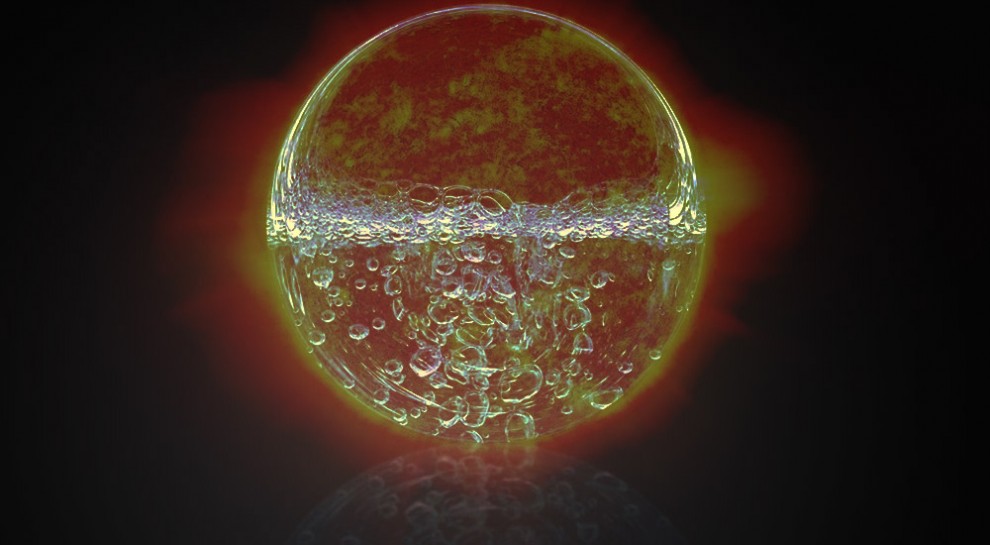‘Fool’s gold’ Relative Produces the Most Effective Solar-To-Hydrogen Efficiency Rate to Date


Producing hydrogen from sunlight could be a critical component of a sustainable energy future, according to researchers at the University of Wisconsin – Madison (UWM). A recent study discovered a pyrite-based compound similar to “fool’s gold” that splits water to produce hydrogen. When integrated with a specialized cell, the compound produced a 4.7 percent solar-to-hydrogen efficiency rate – the most effective of its kind to date.
With its abundant, affordable catalysts, this type of hydrogen production could be a key element for a long-term, viable hydrogen economy. Until this discovery, the most common catalysts for hydrogen production contained noble metals, such as platinum, that are both limited and costly. But Earth-abundant catalysts like “fool’s gold” and other pyrite minerals (CoS2, FeS2, etc.) could make possible more affordable and productive hydrogen creation.
The team at UWM has found a way to further develop the catalytic activity of CoS2, boosting its stability and reactivity by adjusting cobalt-bonded atoms. For example, sulfur could be swapped out with a more responsive phosphorus atom. Additionally, researchers discovered that the compound’s hydrogen absorption impacted its hydrogen bonding, resulting in a product comparable to a high-performing platinum catalyst.

When nanostructures and films of CoPS were further examined, researchers soon realized they were the most active and bountiful catalysts currently available for hydrogen production through water splitting. Furthermore, a CoPS-integrated photoelectrochemical cell managed the most effective hydrogen creation of its kind.
As researchers continue to look for more ways to create a stable energy future, this study shows much promise. Tactics like these offer more affordable and dynamic ways to implement a hydrogen-based fuel economy.
The full study was published in Nature Materials journal.









